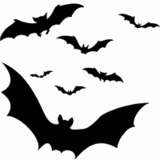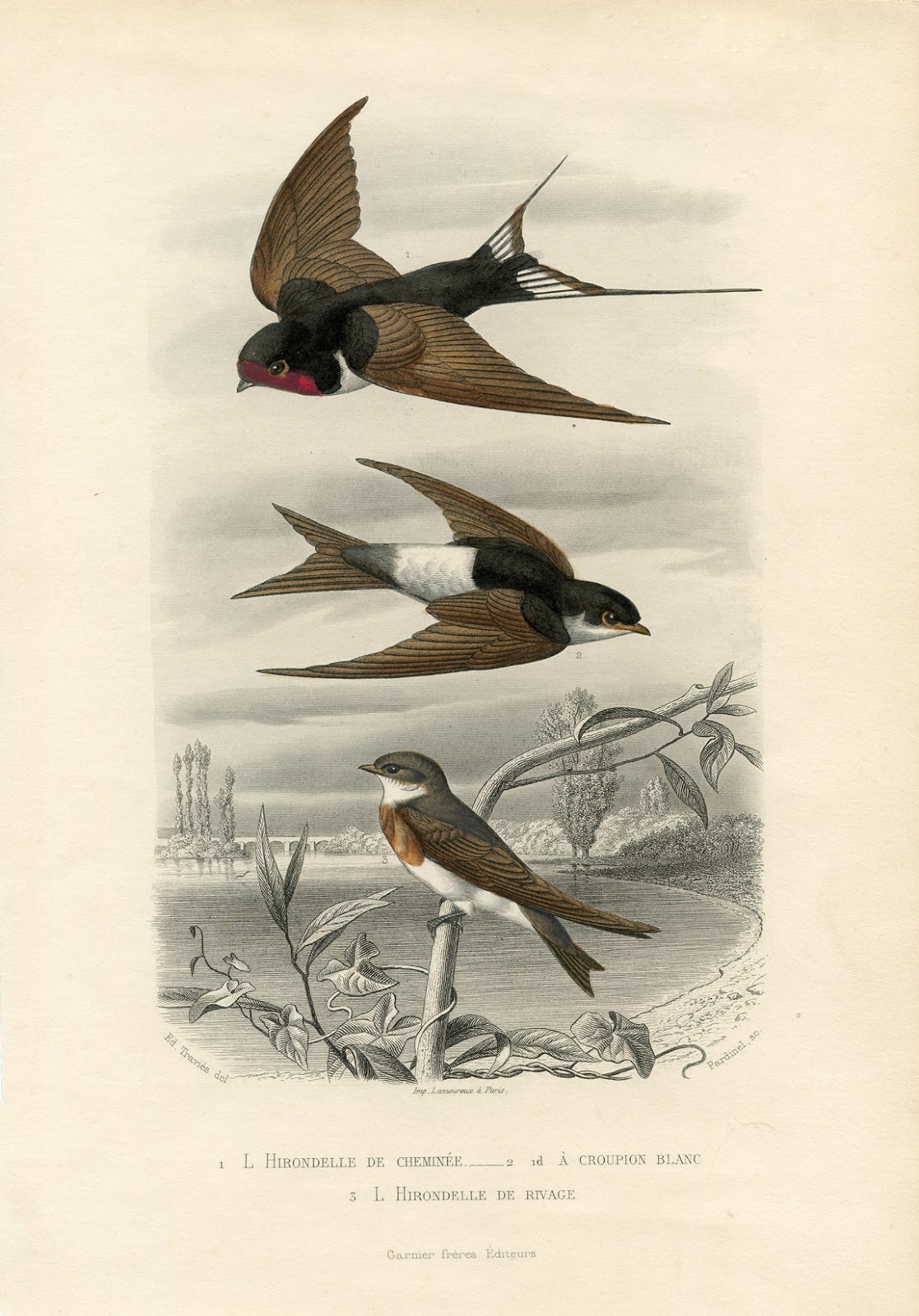6/26/16
Hi Everyone,
It has been almost two years since I reported to you on the eelgrass project at Pier 5 in Sunset Park, Brooklyn. Since then most of what I have done is periodic monitoring of the eelgrass. There have been no additional plantings since those done between 2012 and 2014. Harbor School students installed a small eelgrass monitoring installation at the site, with eelgrass, during August, 2014 under the direction of Nichol Martinez (a senior student at the school at that time and now just completed her freshman year at Columbia University – congratulations).
Generally the eelgrass at the Pier 5 site has survived. Some areas have only remnants of what was first planted, and other areas appear to have spread modestly from the initial planting area. My current focus is trying to install a GoPro camera at a fixed location to enable me to video a section of the eelgrass planting, during as much of a tidal cycle as possible, to see the "behavior" of the eelgrass and the surrounding environment. I am interested in, over time, seeing seasonal changes; growth, loss, mud snail impact, marine organisms, etc. Prior to this approach I have monitored the eelgrass throughout the site by walking around with a GoPro camera at the end of a pole but not knowing if eelgrass is within view.
I encountered a number of challenges in attempting to do a fixed location video for an extended period of time. These challenges were both in the equipment I have and in trying to work in the natural marine environment. Using the largest storage microchip available for the GoPro camera (64 GB) and the biggest battery compatible with the expanded waterproof camera casing, I am able to record a 4 hour video. The limiting factor for the recording is battery storage not the capacity of the microchip. A big issue was securing the camera to an anchor so the camera does not move, is not damaged or lost, and can be easily retrieved. I used a screw anchor with a welded bolt that screwed into the camera casing. Wearing waders, at a very low, low tide I installed the camera at the selected site and retrieved it the next day at the equivalent low tide. The installation had to be at a low tide with sufficient daylight remaining, at least four hours, to record as much of the tidal cycle as possible.
After a number of failed efforts but fortunately not losing the camera, I had success on June 2nd, 2016. This was a nice warm day at Pier 5, air temperature 73° F, water temperature 65° F. We weren't the only ones having fun on the pier that day (Pic. 1). Low tide was -.34' at 12:29 pm and I was easily able to find the eelgrass at the site I planned to monitor (Pic. 2). Using a Secci Disk I measured the visibility in the water to be 4'.
The GoPro camera was attached to the screw anchor and installed at the site at 12:32 pm. A nearby Egret oversaw the installation (Pic. 3). The camera was about 4" off the bottom and approximately 8" from the nearest eelgrass. The water depth at that time was 3'8". The next day at 1:23 pm, low tide, the camera was removed.
I did not know until I uploaded the microchip onto my computer whether the camera was operating, for how long it recorded, or whether I had it pointed in the right direction. Fortunately everything worked out fine. I had a four hour video of grass growing!
I have edited the video to just under 5 minutes and posted it on YouTube - https://www.youtube.com/watch?v=RB0z1Yec_4s . You can also access it by typing Bart Chezar Eelgrass Project on the YouTube web page (note: there are two other videos done earlier; Spring/Summer 2014 and 7/31/15). I know this video may not have you sitting at the edge of your seat with excitement, but try and stay with it until the end for a surprise. Some things to take note of on the 6/2 video are:
- The initial part of the video (loud) shows me screwing in the anchor with the camera running. Notice the eelgrass bed in the background.
- Despite the change in the depth of the water from the start of the video at 3'8" to 10' at the end the light levels near the eelgrass is amazingly high. This light penetration enables the growth of eelgrass in the harbor more than one might expect.
- Over the length of the video you can observe the tide pushing the eelgrass in all directions.
- The eelgrass leaves vary from young, clean shoots to old leaves with green and filamentous algae growing on them.
- Note the egg casings on some of the leaves. These egg casings are probably from mud snails. They are much less dense than we have seen in the past which is beneficial to the health of the eelgrass.
- Because the YouTube video does not have the resolution of the original video the hundreds of larvae and very small fish moving past the eelgrass are difficult to observe.
- Individual small fish, and schools of fish move across the eelgrass field. Let me know if you can identify them.
- You can see a 4-5" striped bass pass by the site.
- Towards the end of the video a large toadfish (8-10") comes into view, and passes by the site a few times. This is significant because toadfish are known to be attracted to eelgrass primarily to feed on nearby snails. It is possible the toadfish are counterbalancing the explosive mud snail population we have previously seen at the site.
I hope to continue doing the videos of the eelgrass installation every eight weeks or so to see how the site evolves.
Accepting that this is a small demonstration, and it has been for a limited time period, I think we can say we have had some success in showing that eelgrass can survive in New York Harbor. There are many reasons for establishing eelgrass beds including ecological and environmental benefits, and for storm resiliency. Using it in establishing "soft" shorelines should be considered along sections of harbor's edge.
Another project I am considering is "planting" a small number of kelp plants near the eelgrass site at Pier 5. There has been a lot of interest in growing kelp on the east coast recently but the principle focus is as a food source. The New York Harbor area is in the range of a couple of species of kelp but none currently exist here. It is almost certain, however, that kelp did grow here in the past. My focus is on how kelp provides many of the same ecological and environmental benefits of eelgrass with the exception of sediment stability (kelp attaches to a hard substrate rather than growing rhizomes under the sediment as does eelgrass). I am consulting with experts to determine the feasibility of attempting such a project.
Congratulations if you made it to the end of this e-mail.
Best wishes,
Bart Chezar
Long P.S. In an earlier e-mail I mentioned an osprey platform we installed at Bush Terminal Park, adjacent to Pier 5, a few years ago. Our objective was to attract a nesting osprey to New York Harbor. This spring I learned that osprey were observed in the area. It was reported that an osprey nest was being built on a tall light tower less than half a mile away. An osprey fledgling has been observed in the nest and one day we saw an osprey dive into the water between Bush Terminal Park and Pier 5 and come out with a large fish. The good news is we now have a nesting osprey in New York Harbor though not at the site we intended.
Another exciting development is that there is now an unkindness (look it up) of ravens nesting on an industrial building near Pier 5. I am told by the birding enthusiasts that these are the first nesting ravens in Brooklyn in many decades.
Finally, working with a number of volunteers, we have begun the planting of trees, shrubs, and ground cover in the "native forest" section of Bush Terminal Park that are representative of a maritime forest. Common along the coastline in colonial and pre-colonial times this forest type has largely disappeared in the region. We are being assisted by the NYC Parks Stewardship program and the Greenbelt Native Plant Center. This will be an ongoing process. Volunteers accepted.










